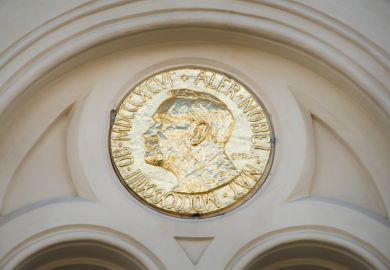The Oxford Illustrated Companion to Beekeeping would - if it existed - immediately find a devoted but small readership. People's appetites for reading about medicine differ. No one can go through life without being touched, directly or indirectly, by this strange art.
A Companion to Medicine , therefore, cannot fail to interest the reader, even if no two readers will approach it with the same expectations. But what exactly is the purpose of a volume that lies, sometimes uneasily, between an encyclopedia, a textbook and a history of medicine? Who will read it, and when will they turn to it in preference to other books?
In Jerome K. Jerome's Three Men in a Boat , the hero resorted to a textbook of medicine in an attempt at self-diagnosis, and he concluded that the only condition he did not have was housemaid's knee. This book is not a Companion to Hypochondriasis , and Jerome's hero would be frustrated here in his search for reassurance or advice. In turning the pages, however, he would quickly be distracted by an entry he had no intention of referring to, and he would then be led on the random walk through the subject that such volumes inevitably encourage.
The practice of medicine demands a curious mixture of science and art. Although the requirement for artistry is undiminished, the furious pace of scientific advance in the past 50 years has altered the balance, and we now hold different hopes of what medicine can achieve, or should attempt. The scope and ambition of medicine are broader every year, and indeed it is hard to conceive of a subject with a broader range of intellectual and pragmatic approaches.
The articles in this companion, contributed by more than 250 writers, demonstrate this huge scope, from "cults and quackery" to the human genome project. Both quackery and genetics have been brought impressively up to date: the volume contains many more articles on alternative and complementary medicine than the previous Oxford companions to medicine, and the article on the human genome project gives a succinct summary of important results that were obtained only last year.
Despite the recency of some scientific detail, a strong historical emphasis pervades the book. The historical content of individual articles varies widely, but throughout the book there are brief biographical sketches in the margin, one of the most interesting and useful additions to previous companions. The standard of editing is high; however, not all homespun philosophy and platitudes have been weeded out, eg, "Computers come in many shapes and sizes."
There are entries on the relationship of dance and opera to medicine, on creativity and serendipity, and on "truants" - doctors who have been notable in other walks of life. The organisation of medical care in many countries receives individual treatment and - like all good reference books - not only informs but whets the appetite for more. Many of the illustrations leaven the text rather than inform, but a book with such a mass and breadth of information needs a little leavening.
A good index is essential for any reference book, and it must be particularly difficult to devise an index broad enough to cover the enormous diversity of subject matter in this companion. So the editors have provided four indexes: of topics (bioethics, communication, countries and so on), individual conditions and diseases, people, and a general index. A glance at the topics index quickly demonstrates the book's ratio of basic sciences - which receive five lines - to history - which has 78 lines. The indexes greatly simplify the search for certain subjects, but a strong case could be made for the advantages of electronic searching, if there were a CD version. In a way, though, a CD version would defeat part of the joy of this book, when it falls open at an entry that you had no intention of looking for. Random walks through a CD are harder to come by.
I confess to a feeling of frustration when using the book, because of its uncertain, ambiguous status between a work of reference and a work of entertainment. Because it is not a textbook or an encyclopedia, no references are given to original works or to further reading: you are asked to accept the authority and the judgement of the writer. This frustration is the typical response of a professional to any book or television programme that aims to popularise his subject: any suggestion of bias or inaccuracy in your own field immediately brings doubt on the rest of the book.
This companion is like an unusually well-stocked junk shop. If you need a particular item, you will be better advised to visit a department store or a specialist supplier. But it is always worth a rummage in the junk shop too - you cannot fail to find something of interest, whether it reveals a fundamental truth about science or human nature, or mere historical quaintness. All humanity will find some articles of interest here - beekeepers included.
Charles R. M. Bangham is professor of immunology, Imperial College, University of London.
The Oxford Illustrated Companion to Medicine: Third Edition
Editor - Stephen Lock, John M. Last and George Dunea
ISBN - 0 19 262950 6
Publisher - Oxford University Press
Price - £39.50
Pages - 891



